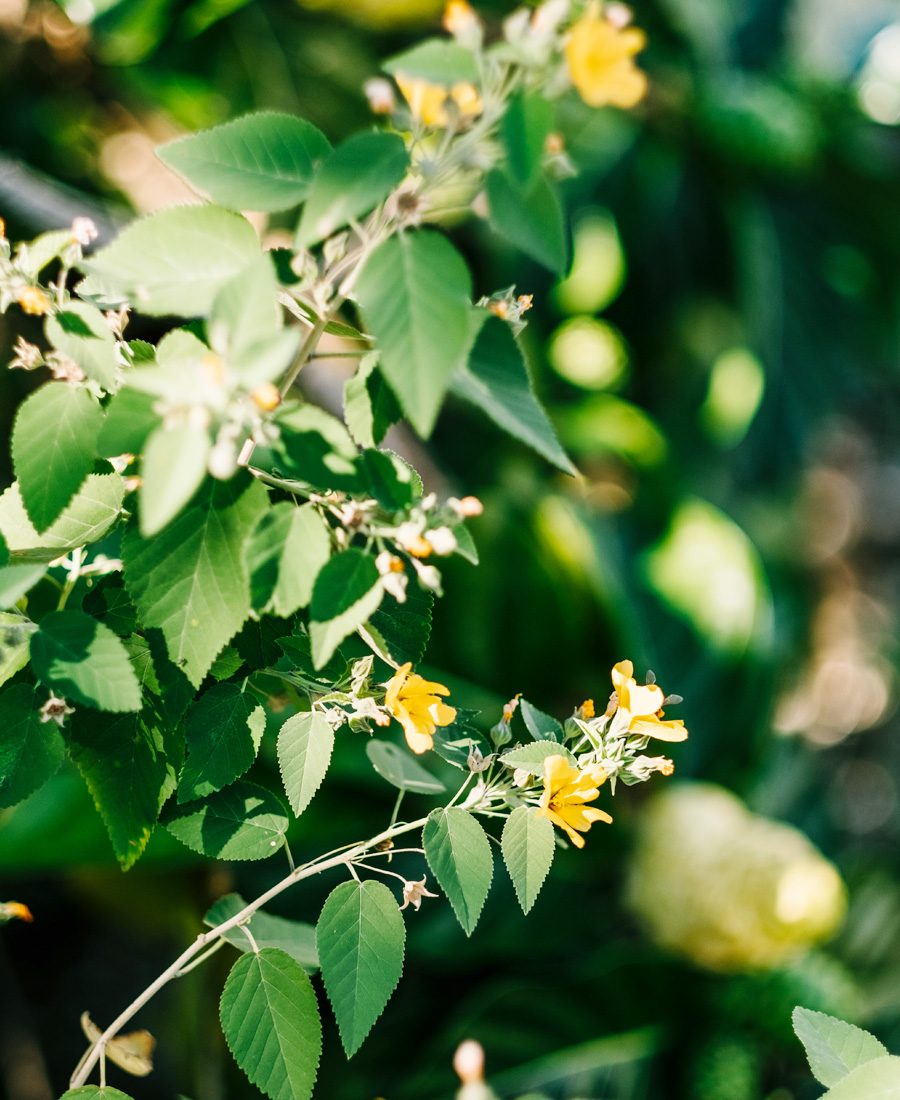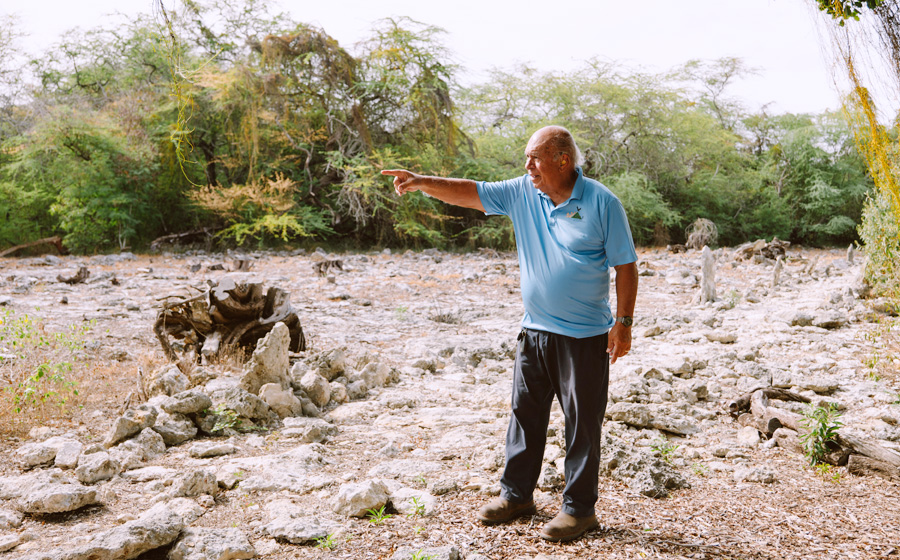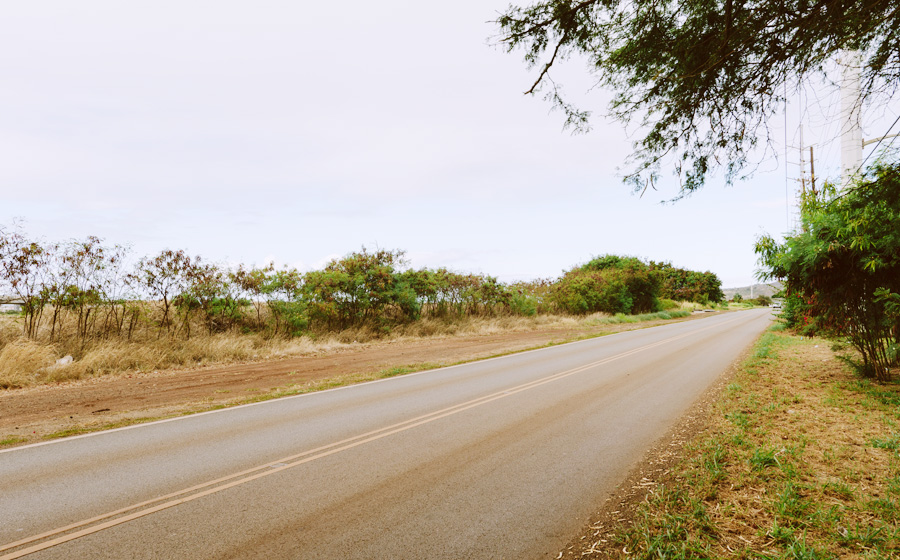I’ve had an interest in history ever since I was in grade school. I still remember people like Leif Erikson and the Vikings because I was amazed by these people and the things they did.
Our Hawaiian ancestors lived a subsistence-based lifestyle. However, sugar farmers settling here needed to establish an economy based on the dollar bill. Some land they purchased, some they simply took, and moved people from their lands.

Prior to this, Kauikeaouli (Kamehameha III) commissioned scholars, such as Samuel Kamakau and John Papa ‘I‘ī, to go out into rural areas and learn Hawaiʻi’s history from old folks who were alive prior to occupation. All that information ended up in the Hawaiian language newspaper. Without that, the oral history of ʻEwa would have been lost.
Campbell Estate established sugar in this entire area but, by the 1970s, realized they couldn’t compete with Puerto Rico’s sugar trade. So, they decided to get out of sugar. At that time, I was involved in the Kapolei Hawaiian Civic Club. Campbell Estate wanted to make sure they made the decisions about all the businesses, homes, and street names in the area. Because I have an interest in history, the Civic Club made me the chair for this effort.

In the ancestral stories, Kapo (the older sister of Pele) was the first one to come to the Hawaiian Islands. In Johnson’s research, the reference to Kapo’s lei is the lei hala (a brilliant orange lei), which could be comparable to the strip of orange, red, yellow, and black all the way across the Waiʻanae shoreline, sometimes seen during the coming of the cool season.
Johnson used the resources of the people commissioned by Kamehameha III and recommended the name Kapolei, based on the significance of Pu‘uokapolei, a hill that stands today at the top of Kapolei Regional Park. Pu‘uokapolei had the largest heiau associated with the region. It served to identify the change of seasons. It was the residence of Kamaunuaniho, who served as konohiki, or the resident chief of this district that represented her grandfather, who was chief to the broader island area. It also served as a landmark for people traveling from the eastern portion of the island to the western portion, or Waiʻanae. That trail is Farrington Highway today.

In old stories, deities Kāne and Kaneloa were in the area of Red Hill. They took a stone and threw it to identify the border of ʻEwa. The idea was that the stone would fall by Waimanalo. However, when they came out here to look for the stone, it was actually by Piliokahi, between ʻEwa and Nānākuli.
The name Makakilo makes a reference to an area of high, flat ground. The people who lived there worked in the lo‘i kalo (taro patches) in the valley below. More significantly, the sun sets within the bowl created by this flat area and the pu‘u (hills) that surround it: Pu‘u o Makakilo, Pu‘u o Kapolei, and Pu‘u Pala‘ila‘i.
Kaupe‘a, which means “upside down perch,” like a bat’s, refers to the Southern Cross, a zenith constellation that sits over Tahiti and marks the way home for navigators. But the other meaning of Kaupe‘a refers to a place of wandering spirits, a sort of purgatory. This whole area makes many references to ʻEwa as a place of wandering beyond, and life after death. If you lived a good life, you would be carried by your ‘aumakua (ancestral spirit) to a leina a ka ‘uhane, or leaping place, into the afterlife, which, on O‘ahu, was Kaʻena Point. Those who didn’t would end up in an ao kuewa, a place of wandering spirits. Even the name of ʻEwa—a wandering, crooked stone, referring to the stone that Kāne threw—refers to that. It’s not talked about because it makes people uneasy.

The area where Kalaeloa Heritage Park sits now was once all underwater. The beach went all the way to the H-1 Freeway. That’s the reason why, when you walk around, the ground is all sand and coral. All of what we refer to now as Kapolei was a complex of caves and sinkholes, and this is the only area of the island where documentation shows that the water went all the way up inland. Most people don’t even know that this whole area was underwater.
Shad Kane is a cultural historian and board member of Kalaeloa Heritage Park. His book, Cultural Kapolei, is a compendium of articles he wrote for the Honolulu Advertiser from 2006 to 2010 that shares the history and stories of Native Hawaiian culture in Kapolei and surrounding areas.
Visit: khlf.org | Donate to Kalaeloa Heritage and Legacy Foundation
